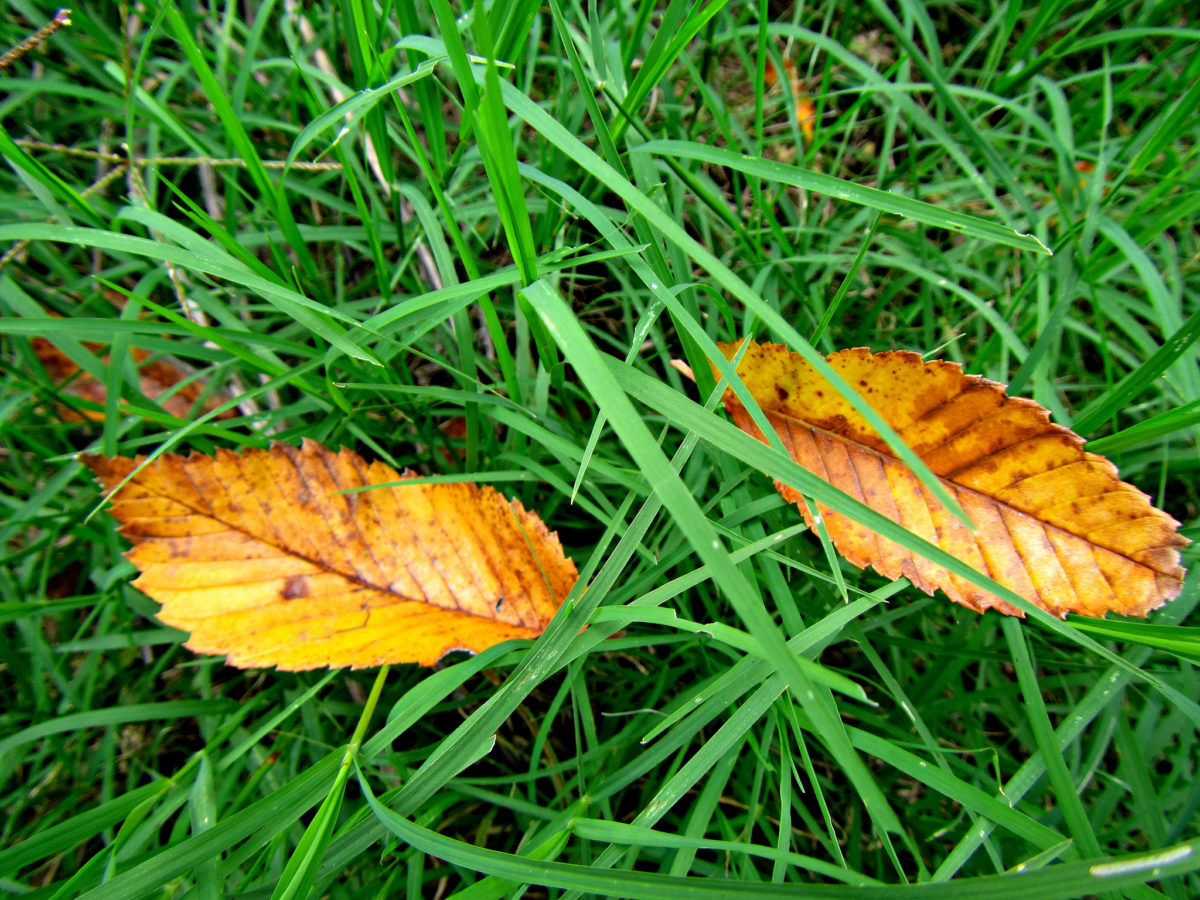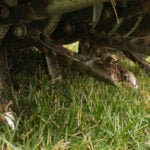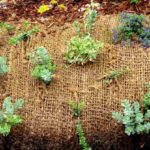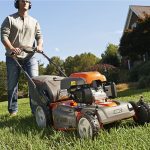
Fall Lawn Care Tips for Denton, TX Homeowners
There’s a lot to do in Denton in the fall: the Auto Extravaganza with the classic and custom cars and hot rods; Oaktopia that celebrates the art, music, and culture of Denton; and Twilight Tunes, free concerts on the courthouse lawn as the sun sets, to name only a few.
It’s easy to put lawn care out of your mind. But your lawn needs you more than ever in the fall. It’s the time to prepare your lawn for winter so that it’s healthy and lush in the fall.
Let Your Lawn Breathe
Aerating is vital to your lawn’s heath. It allows air, water, and nutrients to penetrate the soil, so the root system of the grass grows deeper and stronger. Throughout the summer, traffic stomped down the soil, and the compacted soil created a barrier that you now have to puncture.
To aerate, remove plugs of soil from the lawn with a mechanical core aerator that you can rent from most garden centers. Its tines, hollow on the inside, plunge into the ground and pull out the plugs. It’s best to do the lawn in a careful pattern so that you don’t go over the same areas multiple times.
Keep Your Lawn Hydrated
Aerating allows water to soak in deeper for a stronger and longer root system. A longer root system keeps grass healthy and wards off stress from weather, pests, and foot traffic.
Your lawn needs less to drink now that the hot Denton summer is over, but you need to continue watering it. It’s not good to stop abruptly.
Remember that overwatering is as bad as underwatering. Too much water can drown the root and that defeats the purpose.
Give Your Lawn a Haircut
Just as your lawn needs less water, it needs to be mowed less frequently in the fall. But don’t let it get more than three inches tall.
As the temperature drops, lower the height of your mower’s blade. For the last two cuttings, drop the blade to its lowest setting. More sunlight will be able to reach the crown of the grass, and there will be less leaf to turn brown during the winter.
Rake the Leaves
Photo: Flickr / CameliaTWU
Yes, it feels like a thankless and futile endeavor. You rake, you turn around, you need to rake again. It’s the price of having those beautiful oaks and elms and willows to enjoy the rest of the year.
Rake those leaves as soon as possible after they fall. Otherwise, you have leaves wet from rain and the morning dew, stuck together, a soggy, heavy mess. Not only does that make raking more difficult, that mess is a mat that is suffocating your lawn and breeding fungal diseases.
Feed Your Lawn
If you fertilize your lawn only once a year, do it in the fall. If you fertilized earlier in the year, do it again. While the grass above the ground looks lazy as it fades into its dormant stage, its roots and rhizomes (underground runners) are working furiously and growing like weeds (bad pun). They are grabbing all the nourishment they can get to store away for the winter, and they need the nutrients from the fertilizer for the grass to be ready to green up in the spring.
Apply a dry lawn fertilizer in mid-to-late fall. A walk-behind drop spreader gives your lawn an even, consistent layer of fertilizer. Be sure the fertilizer is suitable for the type of grass on your lawn. Using the wrong kind wastes money and time and may be harmful to your lawn.
Control Weeds
Summer weather in Denton can bring in a lot of weeds in spite of the fertilizers you’ve applied. Fight back in the fall by applying a herbicide and you’ll have a weed-free lawn in the spring.
Use adequate herbicide rates and get good spray coverage for an effective kill. Also, remember that relatively healthy weeds are better able to absorb the herbicide than ones that have been damaged.
Overseed
Overseeding works best in the fall when the air is cool and the soil still warm. To overseed, plant new grass seed over existing turf. It increases the density of your lawn and helps it fight against damage and disease. When done in conjunction with aeration, overseeding will rebuild the lawn’s foundation.
Overseeding involves the entire lawn, not bare or patchy spots, which is spot seeding.
Spot Seed
Fall is a good time to take care of any bald spots in your lawn. Use an all-in-one lawn repair mixture that contains grass seed, a special quick-starter lawn fertilizer, and organic mulch. Loosen the soil at the bald spot and spread a thick layer of the repair mixture over the area. Tap down the mixture and water thoroughly. Water every other day for two weeks.
Have questions about lawn care? Visit our Denton lawn care page or share your thoughts in the comments section below.






![8 Best Backpack Leaf Blowers of 2024 [Reviews]](https://www.lawnstarter.com/blog/wp-content/plugins/related-posts/static/thumbs/5.jpg)